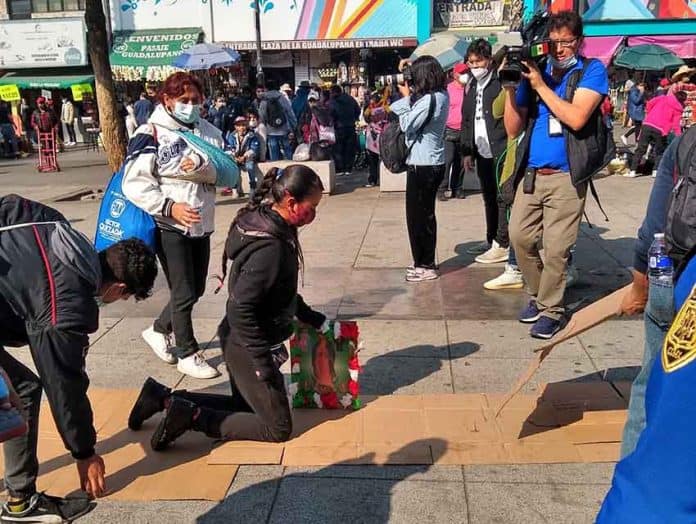The pilgrims’ focus is a small hill on the northern edge of Mexico City called Tepeyac. Once a year, millions of them travel from all over Mexico (and other countries) to thank Our Lady of Guadalupe for favors granted, to ask for a miracle, or simply to pay homage to the dark-skinned version of the Virgin Mary in her home, the Guadalupe Basilica.
Originally dedicated to Mesoamerican mother goddess Tonantzin, this site is consecrated by the Catholic Church to the Guadalupe Virgin, the patron saint of Mexico, who’s said to have appeared there in 1531.
Her importance to millions here cannot be overstated: even not-particularly-devout Mexicans are guadalupanos.
Our Lady of Guadalupe is said to have appeared to an indigenous convert named Juan Diego Cuauhtlatoatzin in 1531 — 10 years after the fall of Tenochtitlan — as a conquered Mexico struggled to adapt to the new Spanish order.
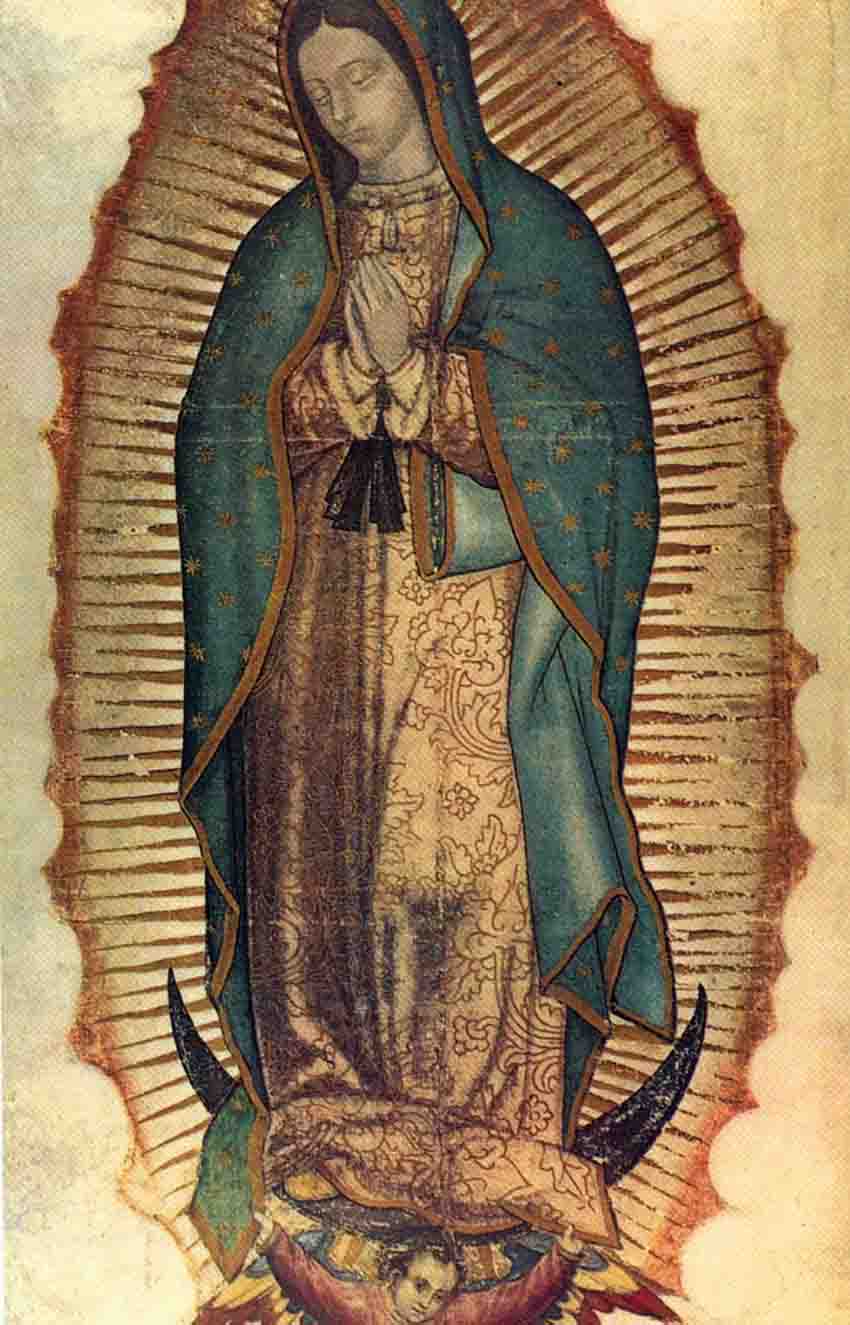
Over the centuries, the shrine at Tepeyac has brought colonial rulers, the French-installed emperor Maximilian I and, twice in the 20th century, Pope John Paul II.
The devout come to Tepeyac year-round, but the most special day to be here is Dec. 12th, the anniversary of her fourth and final appearance to Juan Diego — the appearance that finally convinced Church authorities to believe his story that the Virgin wanted a shrine built in her honor.
Starting weeks before the Dec. 12, groups of pilgrims arrive in the city. By the evening of the 11th, they are pouring into the basilica grounds and the blocks that surround the complex.
Their main destination is the new basilica, a modern church completed in 1976. By the 1950s, it was clear that the 18th-century church built on the exact spot of her appearance could no longer serve its purpose, as its foundations were sinking. The new basilica has been accepted because it houses Guadalupe’s most sacred relic, Juan Diego’s cloak, on which her image appears.
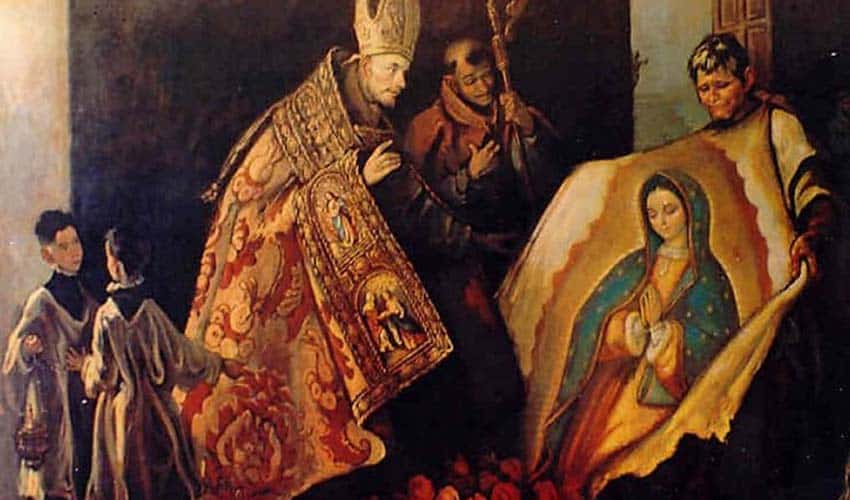
According to city authorities, 10 million visitors came to pay homage in 2019. COVID-19 closed access for much of 2020, with no figures available. Limited visitation in 2021 brought 5.7 million.
But Mexico eased masking protocols this year, and the basilica’s rector Salvador Martínez Ávila issued a statement celebrating the “…happy and necessary return of great pilgrimages to sanctuaries…” with the expectation of record numbers.
The vast majority of the faithful come in large groups of friends, family and neighbors, with certain protocols associated with the travel. Groups set out from their local parishes after a special mass and blessing.
Although people certainly arrive here by modern transport, the classic pilgrimage is done by walking at least part of the way. Making the journey so physical is a kind of sacrifice and purification.
Practicality, however, often requires modifications, such as using motor vehicles to carry supplies and belongings and to give rest to those who need it, but nevertheless, the vehicles travel at the walkers’ pace.
This means that pilgrims can spend days or even weeks just getting to Mexico City. These traveling groups may look haphazard, but they have arranged their route with authorities far in advance and use rest stops and camping sites that see pilgrims every year. Locals offer food, drink and other support to pilgrims arriving at stops.

Vehicles and pedestrians are often decorated with banners, with images of the Virgin and even with announcements of who they are. This is not done only out of pride but to make sure motorists see them.
Road closures for the pilgrims in early December are not uncommon.
Once in the city, the pilgrims begin a slow takeover of the blocks surrounding the basilica grounds and the main approaches to it — the Calzada de Guadalupe and the Calzada de los Misterios.
Much has been written about people who make the approach to the basilica on their knees. This is called a manda and done only by those who make a special promise to the Virgin. Those who do this are found on this road and on the basilica grounds.
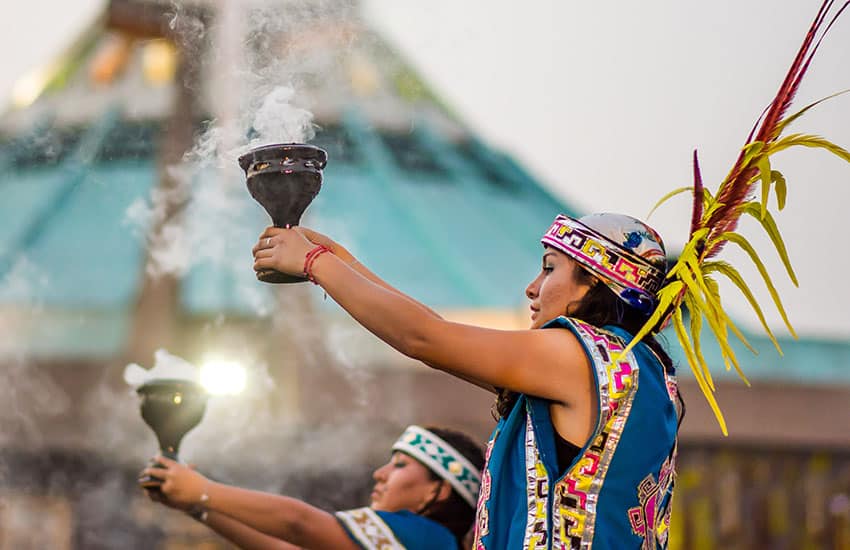
By Dec. 12, despite chilly nighttime temperatures, many of the densely populated neighborhoods surrounding the basilica and the calzadas are filled with campers, dancers, vendors and worshippers. All vehicular traffic is shut down.
The city’s Welcome Pilgrim program provides special public transportation and emergency medical treatment, and it makes arrangements for the inevitable mountains of trash. A large number of police are deployed because, unfortunately, the Basilica area is located in a dangerous part of the city.
Pilgrims like Reyna Esther Martínez of Morelos says that all the discomforts are forgotten once one enters the large basilica atrium. Here, she says, you are in the company of a throng of faithful who share the marvel of being in the presence of the Virgin, passing under the original cloak and “…feeling her eyes gaze down upon you.”
The excitement begins to build at nightfall on Dec. 11, with dancing and hymns. The celebrations officially begin at midnight, with the singing of “Las Mañanitas,” — Mexico’s birthday song — since it is Guadalupe’s “birthday.”
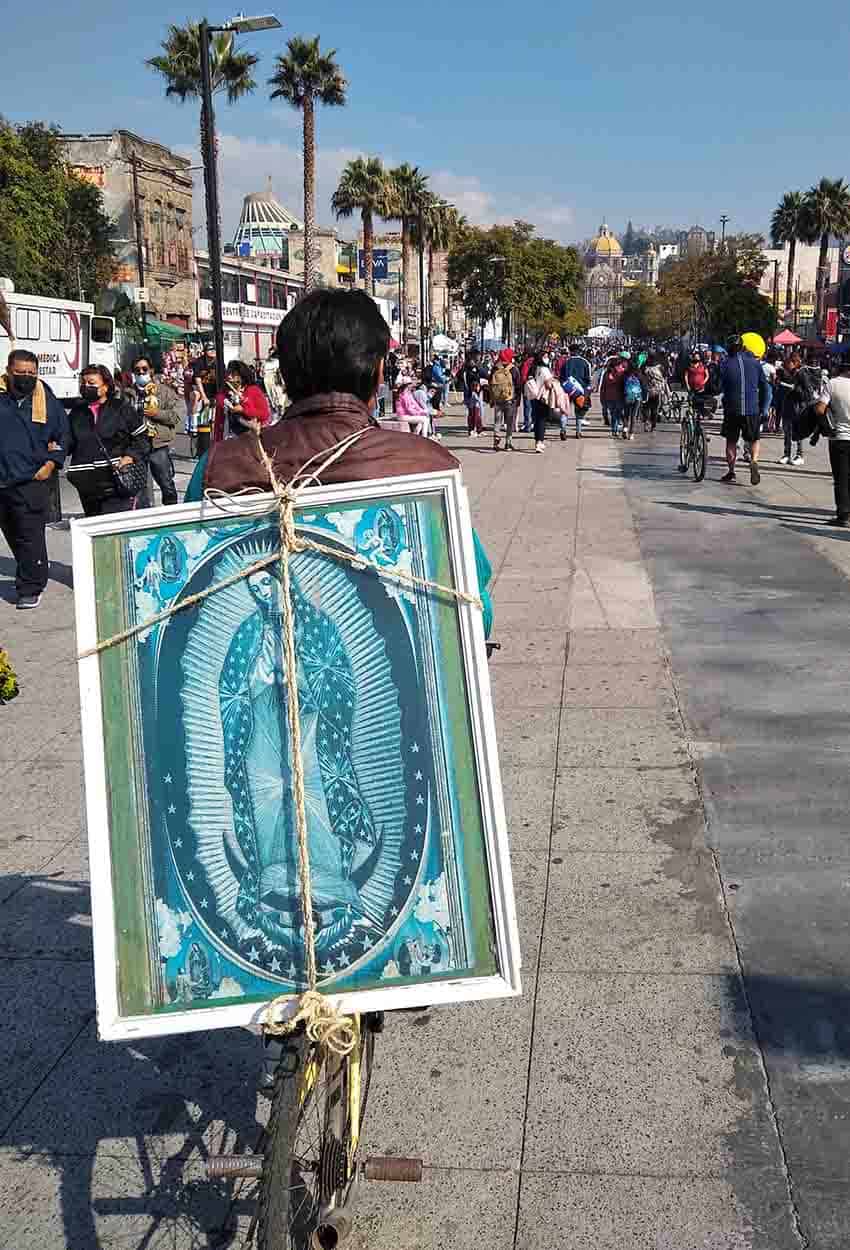
For the next 24 hours, there are nonstop masses, fireworks, dancing and more. Thousands pass through the basilica to get a glimpse of the cloak, with an electric sidewalk installed underneath it to prevent backlogs.
Other highlights include a 2 a.m. mass for concheros (people who recreate a Mexica dance) and one at noon dedicated to the roses said to have fallen from Juan Diego’s cloak when he revealed Guadalupe’s image. The crowds stay throughout the day, only beginning to thin out as the 12th comes to an end.
It may be difficult for a nonbeliever to understand why people go to such lengths to participate, but to clarify, one young pilgrim says, “You have to understand. She is our Mother. In Mexico, our mother means everything.”
Leigh Thelmadatter arrived in Mexico 18 years ago and fell in love with the land and the culture in particular its handcrafts and art. She is the author of Mexican Cartonería: Paper, Paste and Fiesta (Schiffer 2019). Her culture column appears regularly on Mexico News Daily.
